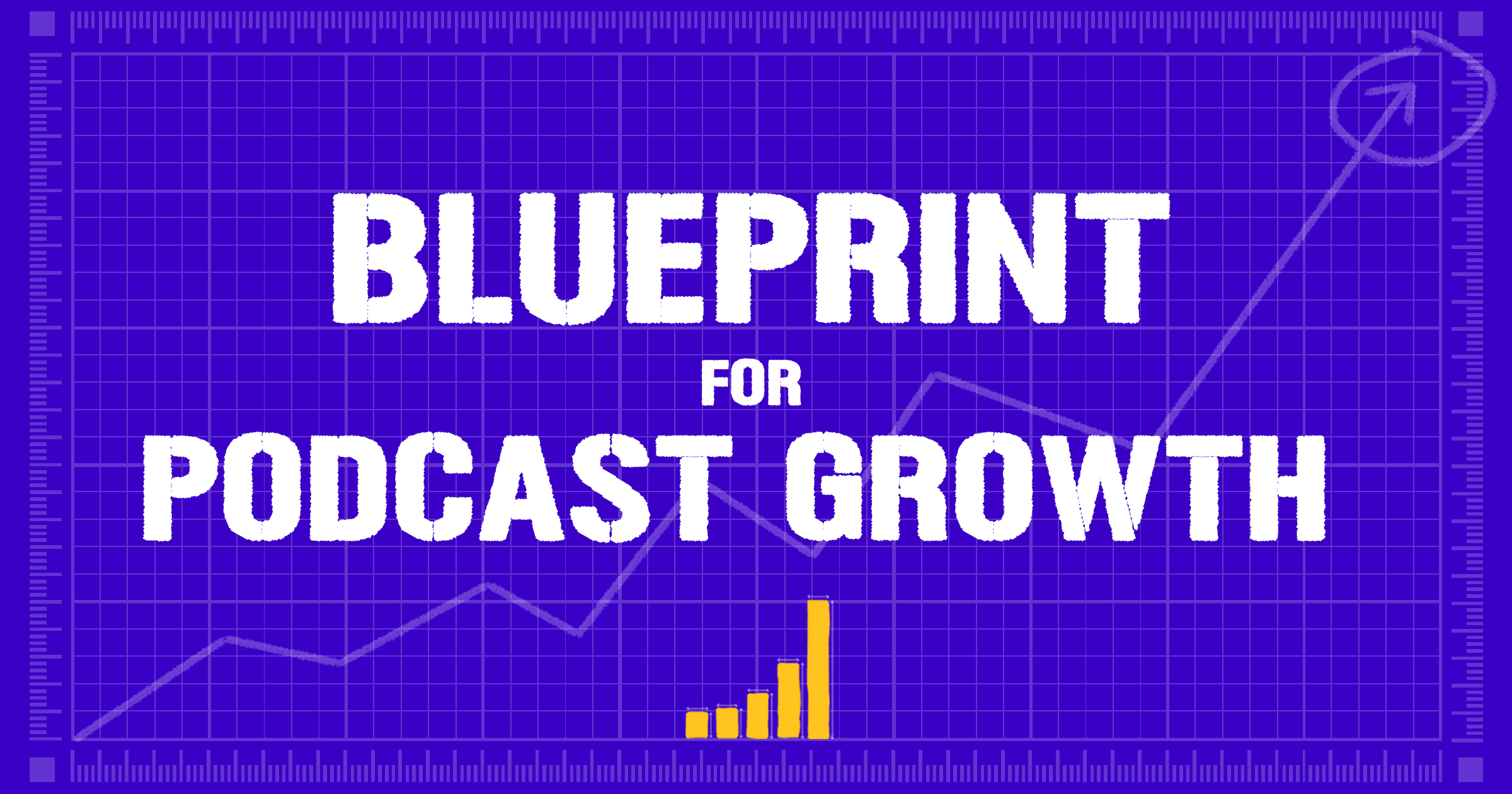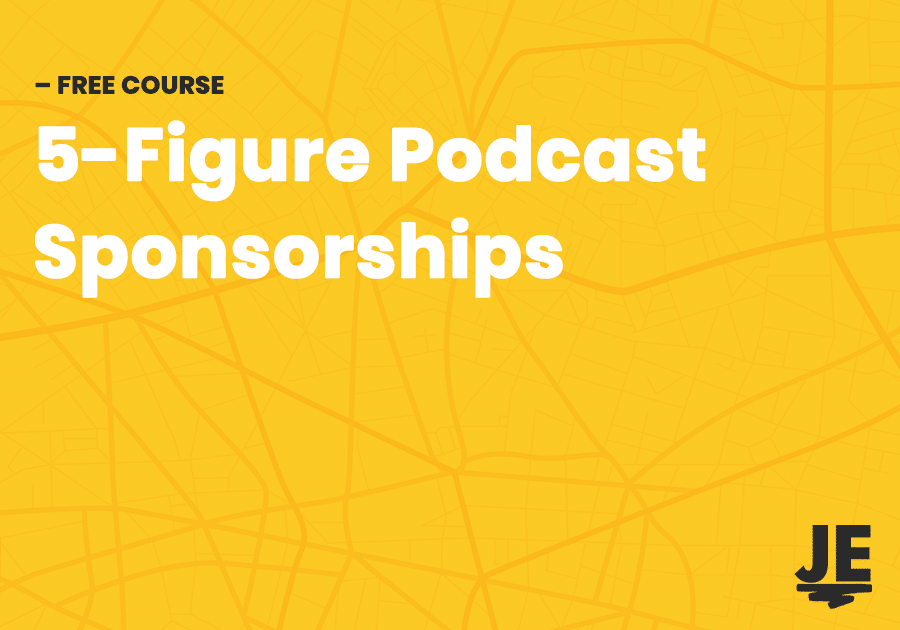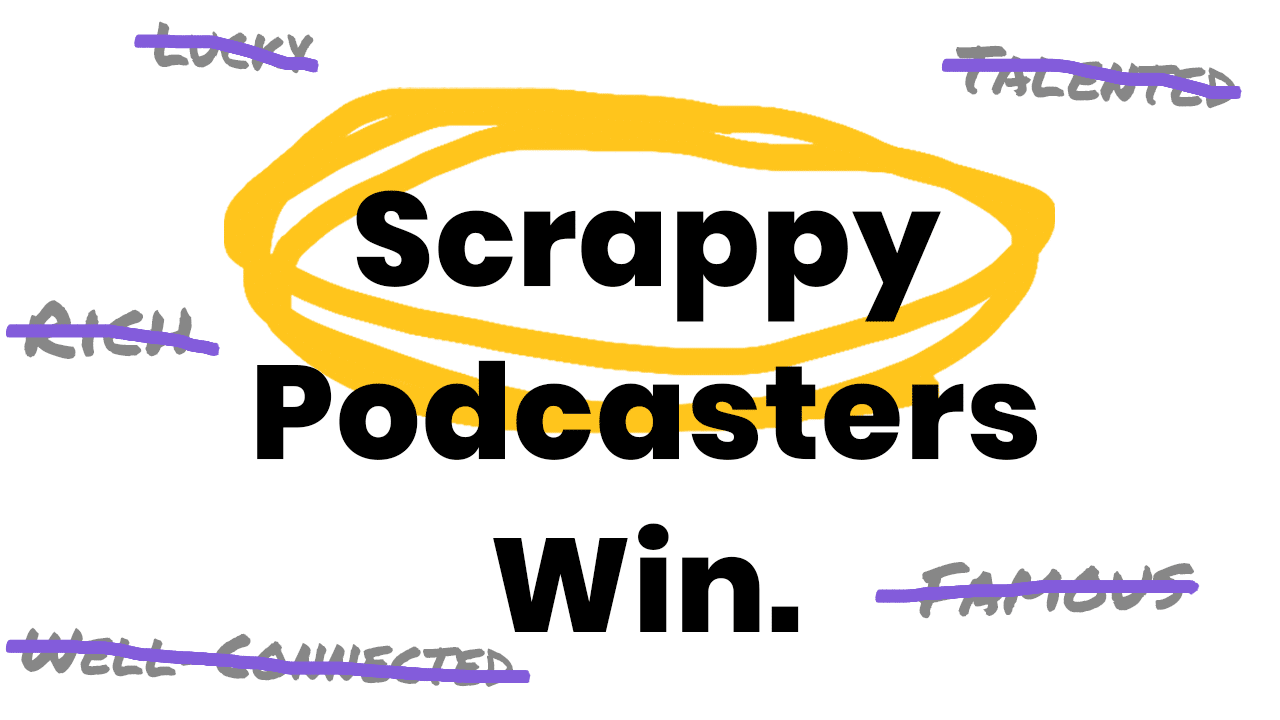Defining your positioning is one of the most important decisions you’ll make when it comes to setting your podcast up for success.
Effective and clearly communicated positioning will present your show as a truly unique offering for listeners, whereas a poorly positioned show will get easily lost in a sea of similar podcasts.
In a nutshell, your show’s positioning is a way of describing your show’s offering relative to other shows in your niche.
For example, if your niche is dominated by long-form episodes, you might position your show as the quick-hit, everything you need to know in 15 minutes show.
This positioning clearly distinguishes your show from other shows in your niche, and as such will have an easier time standing out and attracting listeners who were unsatisfied with the long-form shows already available.
The tough part about defining your positioning is deciding which traits are worth basing your positioning on.
You could chart your positioning based on a virtually unlimited number of aspects related to your content, format, tone, and so on. And while this might be useful to help you understand where you stand relative to similar shows, it’s not worth trying to differentiate yourself on every single metric.
Define Your Show’s Villain
One of the best ways to decide which metrics are worth using to communicate your positioning is to define a villain or enemy of your show.
The villain can be a defined person or company, think of how Apple famously used Microsoft as the Villain in their “I’m a Mac,” “And I’m a PC” commercials.
But it can also be something more subtle or amorphous, a set of ideals, a societal system that treats people inequitably, and so on. Your villain might be the same boring conversations that happen on every show in your niche but lack real depth.
By clearly defining for yourself what you stand against (note that this doesn’t need to be an ideological statement), it can become much clearer how you want to position yourself in response.
Note that if your villain is an actual person or entity, I would generally advise against publicly declaring them as such. It’s usually enough for you to know who you’re positioning your show in opposition to, and the way you construct your show, as a result, will attract like-minded listeners naturally.
Remember too that choosing a villain is not always labeling them as bad, negative, or evil, simply different from the show you want to create.
Oftentimes, your chosen villain may in fact be a fantastic collaborator for your show as you may offer very different approaches to or opinions on the same topic. As such, you can team up from time to time and cross-pollinate your audiences without threatening or cannibalizing each other’s audiences.
Your positioning will likely shift and morph throughout your show’s lifespan, so don’t agonize over it. Pick a show or publication in your niche that you don’t necessarily agree with, and start using them as a measuring stick to present your show as a clear alternative.
If they’re the villain, after all, to like-minded listeners, your show must be the hero.
Every Sunday I send out an exclusive article on how to use podcasting to build an audience and grow your business.
No opt-in, no freebie no bribe. But hopefully a new perspective, encouragement, and maybe even some occasional wisdom. It’s something I’m proud to create and I’d be honoured to share it with you.
- Why Wouldn’t They Just Google It? - March 14, 2021
- Before You Can Market Your Podcast, You Need To Create A Marketable Podcast - March 11, 2021
- Podcast Promotion & Marketing Are Different (Here’s How to Use Each Effectively) - March 10, 2021




